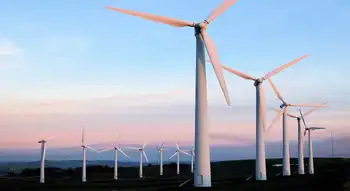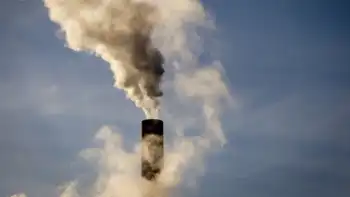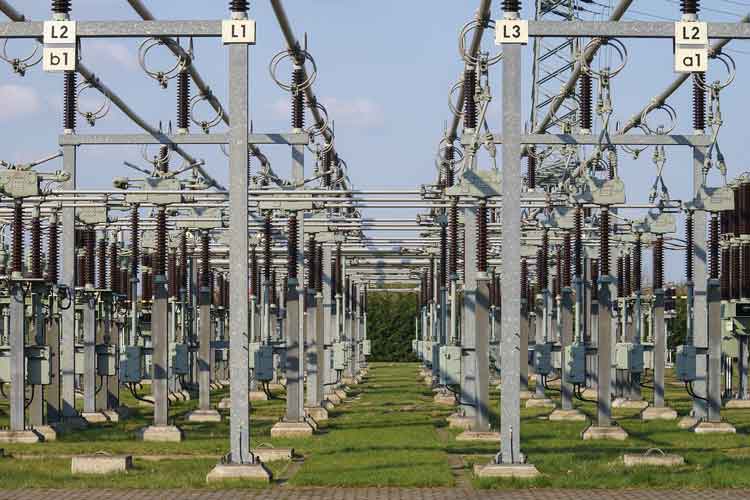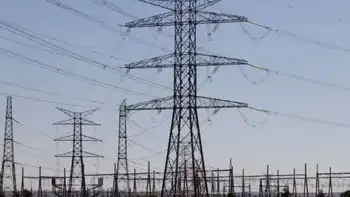A new fuel for old technology?
By Knoxville News Sentinel
Electrical Testing & Commissioning of Power Systems
Our customized live online or in‑person group training can be delivered to your staff at your location.

- Live Online
- 12 hours Instructor-led
- Group Training Available
As far back as the 1980s, TVA broke new ground by testing co-firing coal and wood at three power plants. The tests, which helped determine what percentage of biomass - plant matter that includes woods and grasses - could be burned with coal most efficiently, were followed by a longer-term project in the 1990s at the Colbert Fossil Plant in Alabama. There, TVA mixed coal with 3 to 4 percent wood waste from a large nearby furniture manufacturer and customer, said Daryl Williams, senior manager for clean and renewable energy technology and generation technology at TVA.
"At the time it was more of a customer service," he said. "It worked good. There were no adverse effects."
These days, as TVA gets ready to idle power production at three coal plants - amounting to about 30 percent of its fossil generating capacity - the agency is turning more seriously to biomass as a potential source of power and a way to maintain the usefulness of the shuttered facilities.
Specifically, TVA has commissioned an economic and engineering study to determine the feasibility of shifting one of the coal-fired units at its Shawnee Fossil Plant near Paducah, Ky., into a biomass-fired one. KEMA Inc. and Babcock & Wilcox are conducting the analysis.
The study, which began in September, is evaluating what would be needed to upgrade the plant for a new fuel source as well as where the fuel might come from, how it would be transported and stored, and what the price tag would be.
"There's no indication that we would go forward with the conversion... there are a lot of other considerations to be looked at," Williams said.
TVA has determined that enough biomass is available to power the Shawnee unit, "but there's other issues to be looked at, like sustainability - can you repower with biomass and sustain that flow of fuel, understanding that there are competing needs for those resources," he said. "And then, are there any unintended consequences to the ecology and the market?"
For example, the current economic slump has resulted in a ready supply of wood and wood waste for power generation, Williams said, but a return to boom times could impact the availability and cost effectiveness of bio-power.
Biomass burns less efficiently than coal. The Shawnee plant that produces 100 to 150 megawatts of electricity with coal would generate "a nominal 80 megawatts" with biofuel, Williams said.
Nor is biomass emission-free. While it releases very little sulfur dioxide and less-than-detectable levels of mercury, a biomass plant does produce some nitrogen oxide and particulate matter. Still, the energy source is typically considered carbon-neutral, Williams said, because the amount of carbon dioxide emitted during combustion is equal to the amount it absorbs as a living plant.
That status could change. The Environmental Protection Agency has proposed new rules related to boiler pollution and greenhouse gas emissions that could make investing in biomass power generation less attractive for providers such as TVA.
TVA will have to wrestle with the economics as well, Williams said. Existing data indicates that building a biomass plant from scratch is considerably more expensive than coal. Williams said the feasibility study will help determine what the economics are to convert the plant versus building a new one.
Where biomass would make the most sense is under a renewable standard portfolio in which power companies are required to supply a certain percentage of green power or are under a system of carbon cap and trade - both of which have been under debate in Congress, Williams said.
"Policy would help drive our economic decision," he said. "To be honest with you, it's hard to justify it on economics alone. It does not stand on its own."
The feasibility study at Shawnee should be completed by the end of the calendar year. Depending on the results, Williams said, TVA could decide to move forward with a preliminary engineering design followed by a total engineering package detailing the modifications of the plant.
If Shawnee is re-commissioned as a biomass plant, TVA would closely follow its operation to determine whether more coal plants could have a future in bio-power.
"Today that's the only plant we're looking at," Williams said. "If we go forward with this it'll be a commercial-scale application."
"Then we look to see if we wanted to do that at another facility," added TVA spokeswoman Barbara Martocci.











